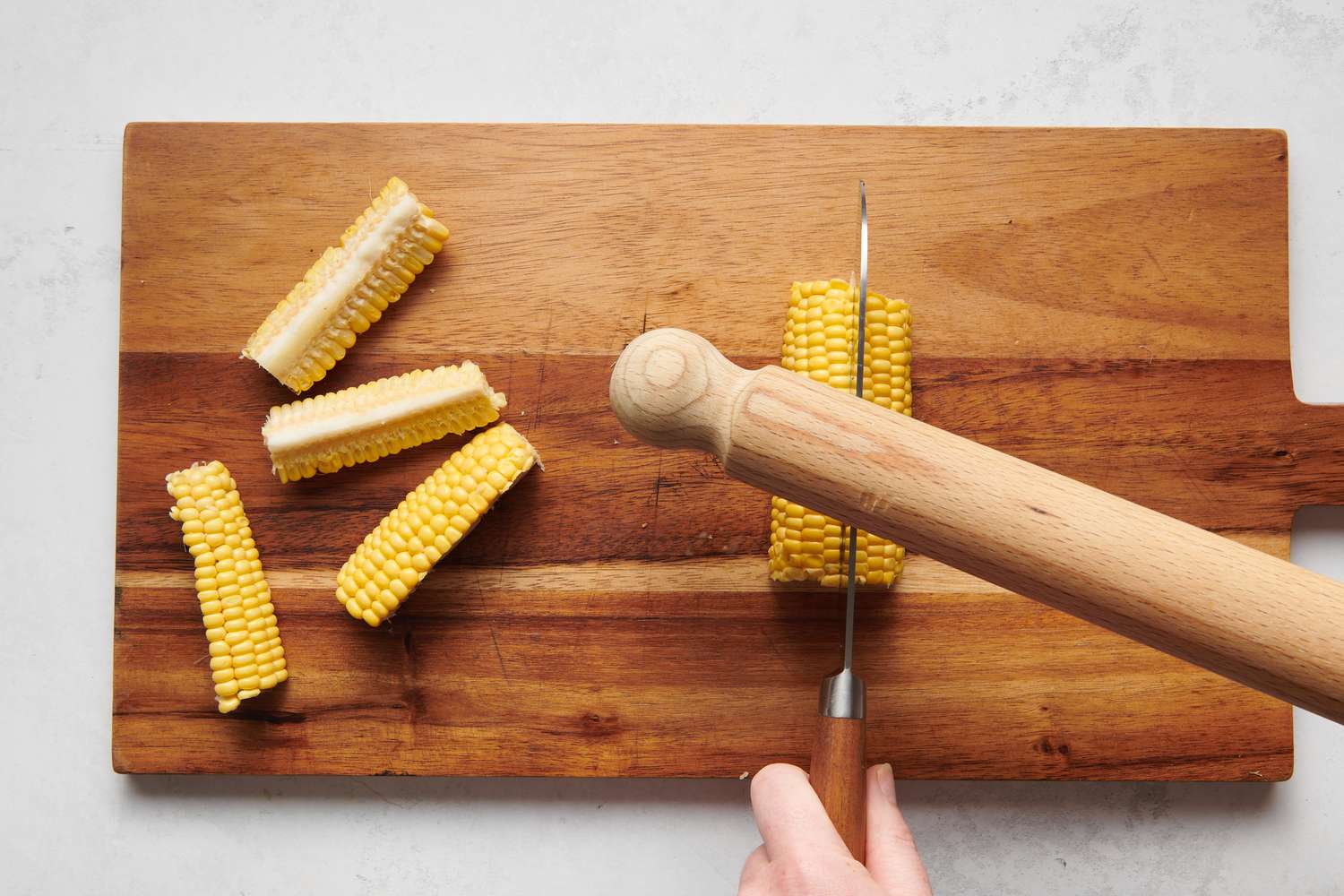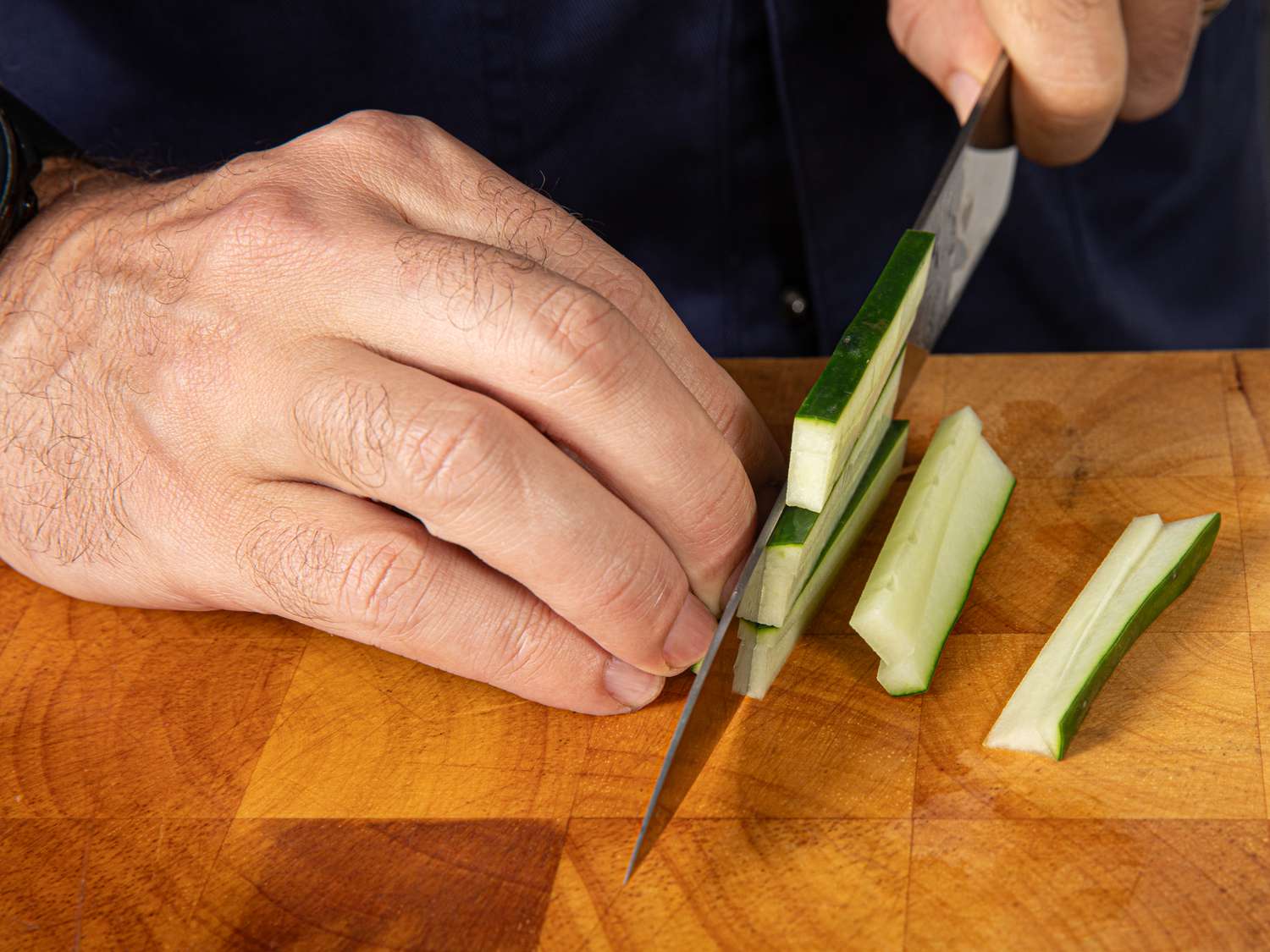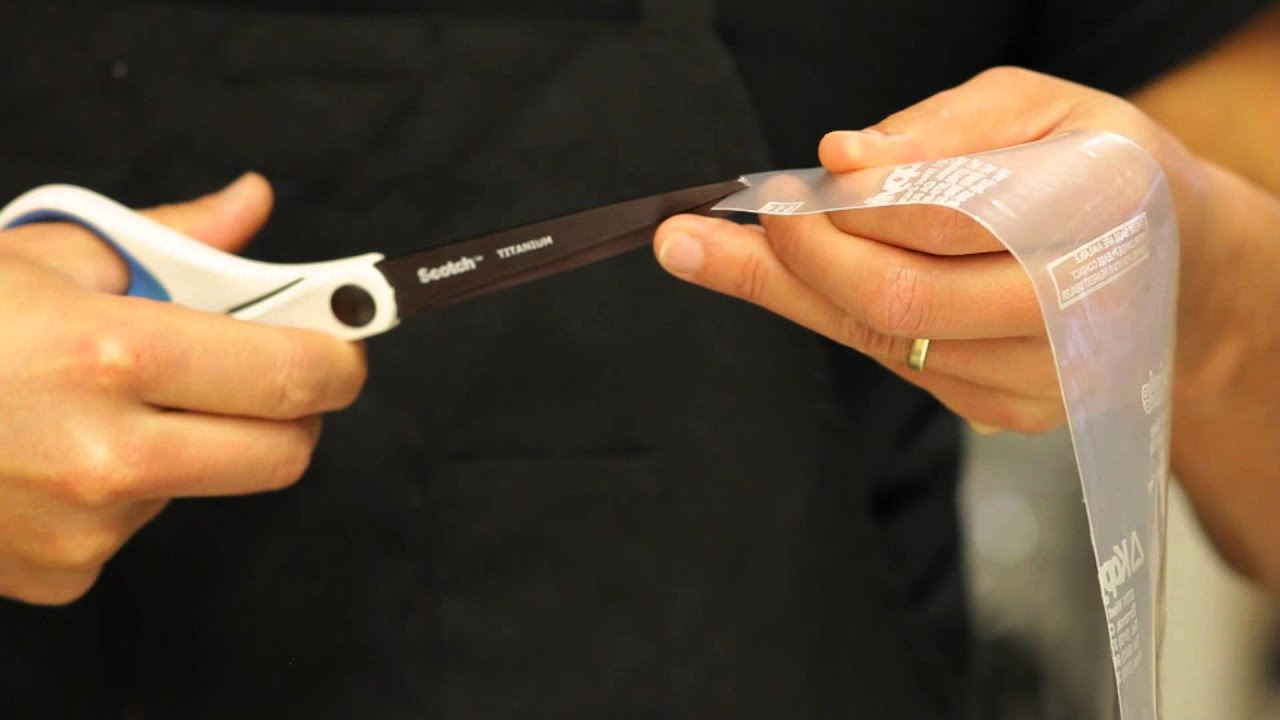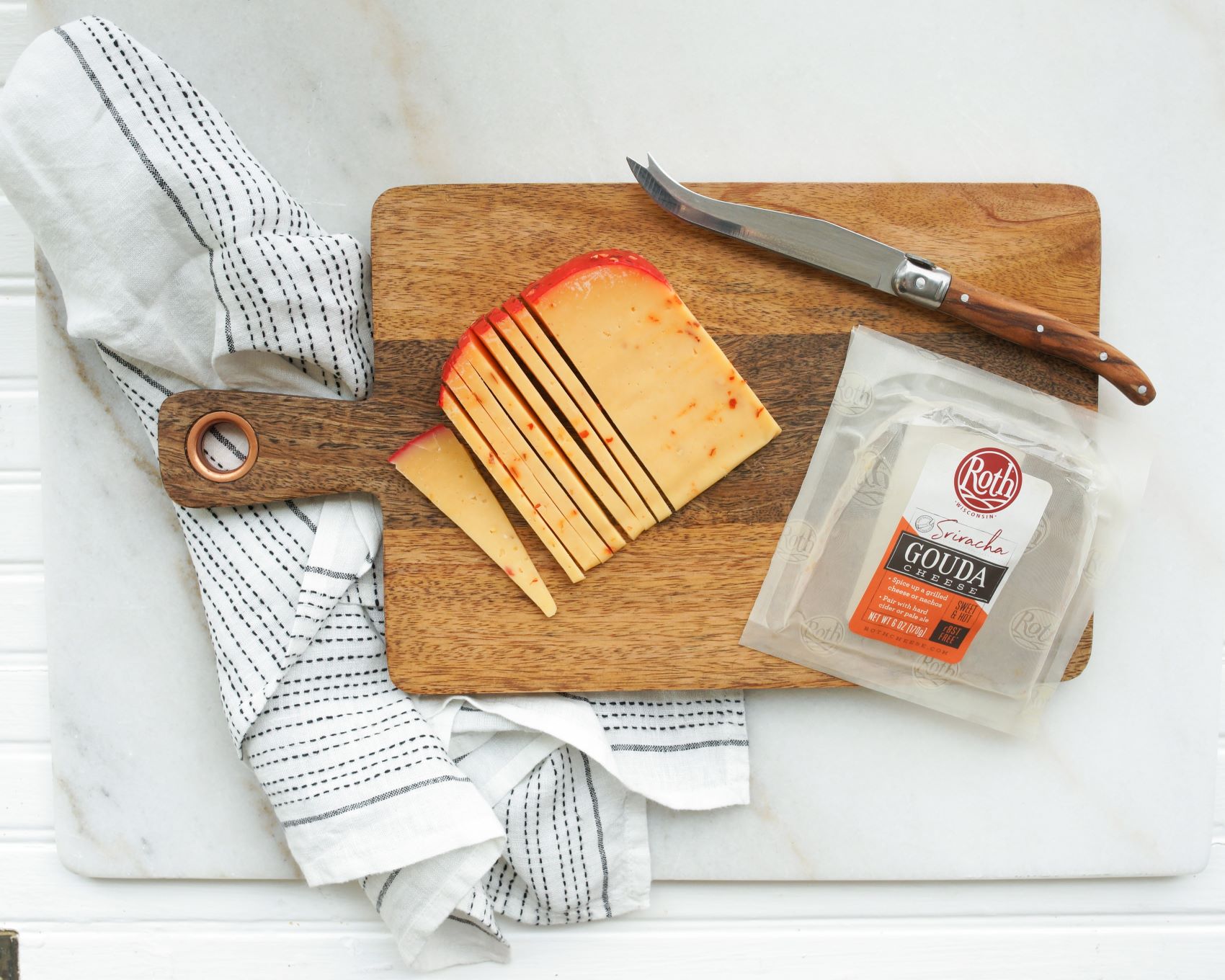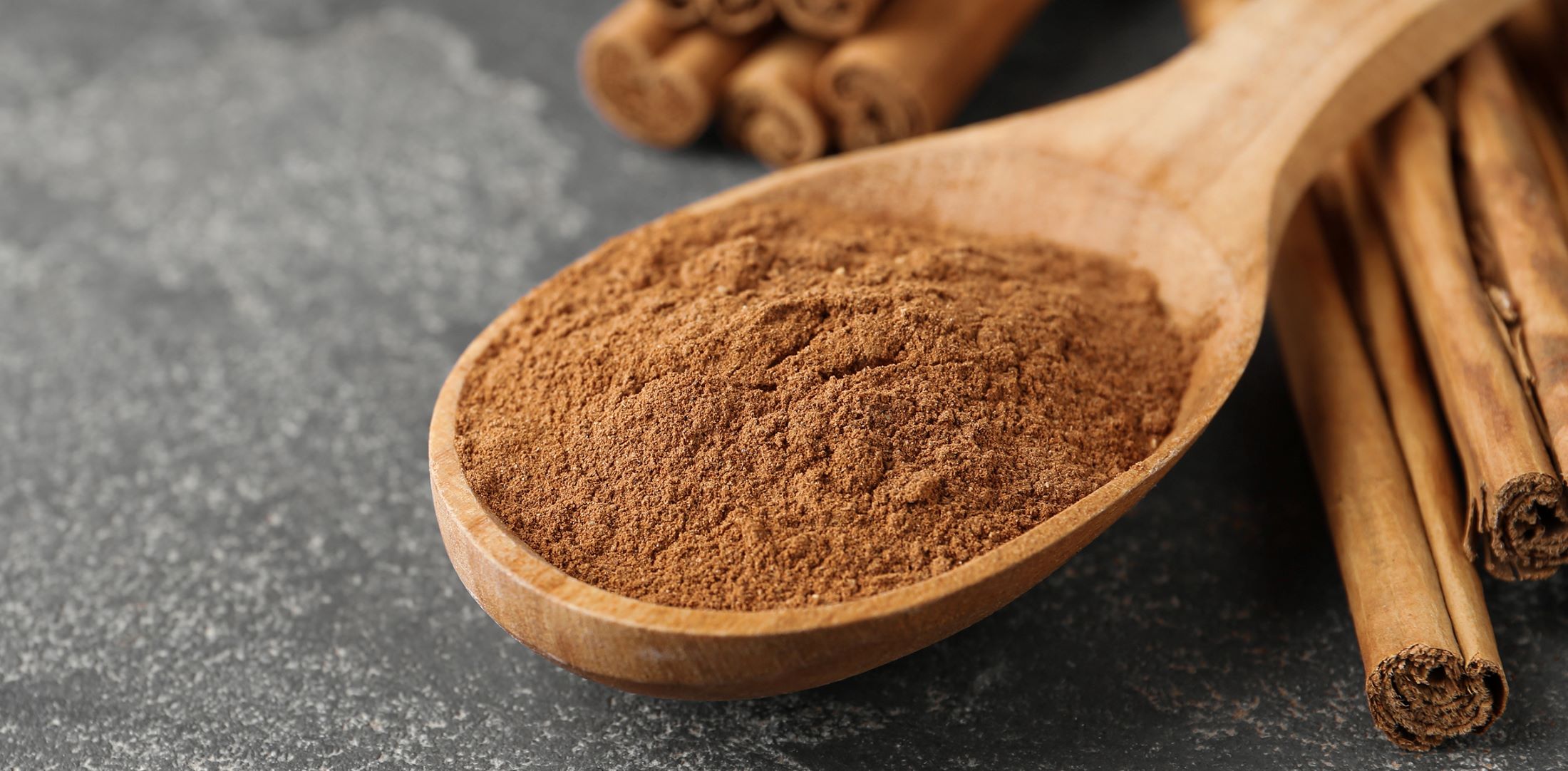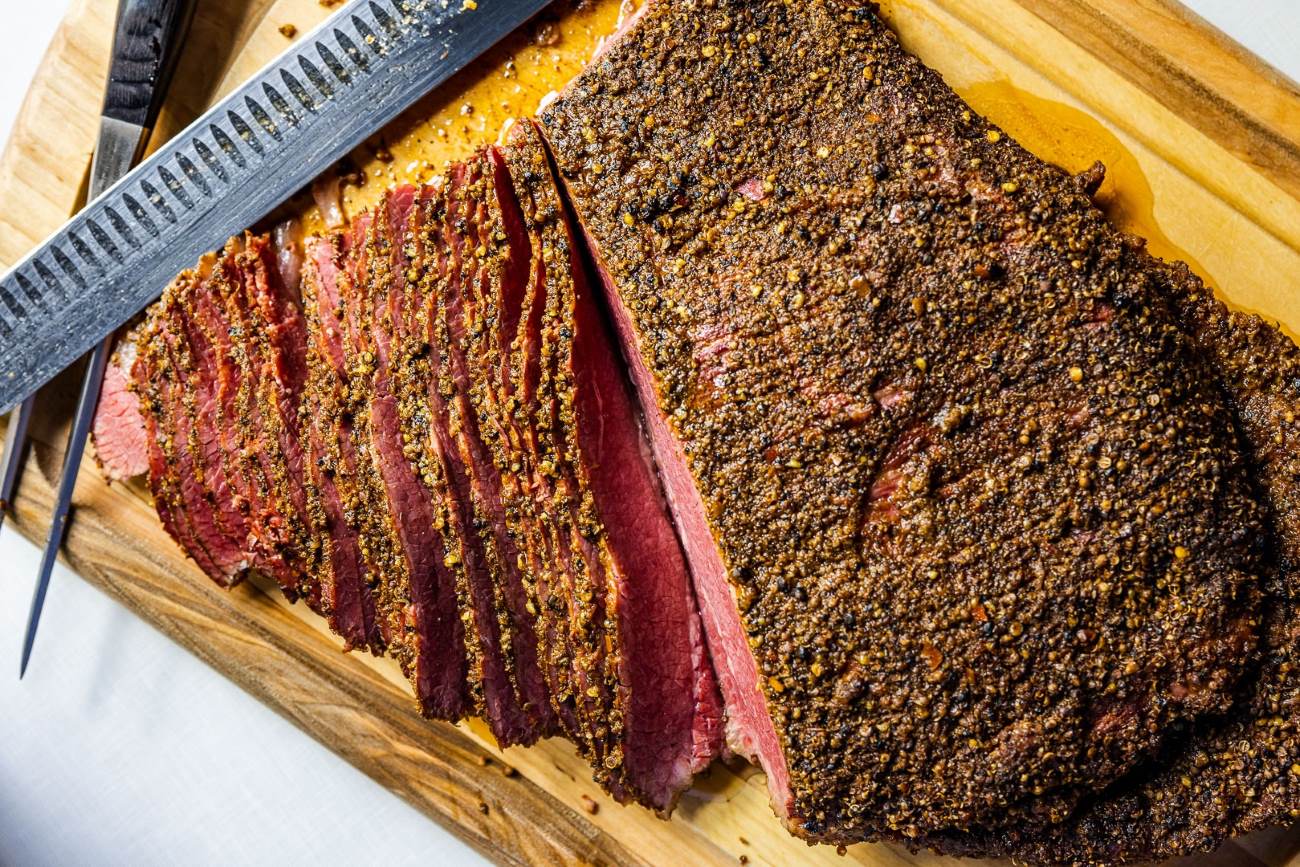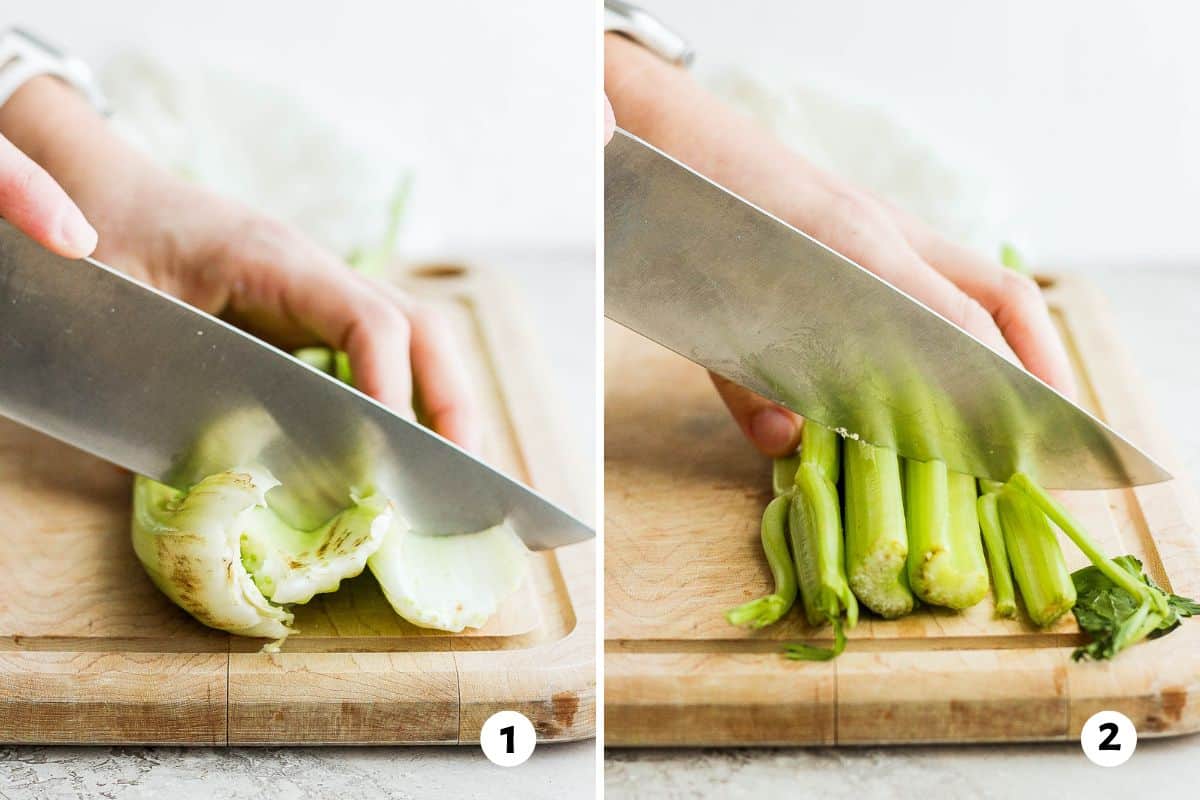How To Cut Biscotti Without Breaking
If you’re a fan of these delightful Italian cookies, then you know there’s nothing quite like enjoying a crisp, flavorful biscotti alongside a cup of coffee or tea. But sometimes, cutting biscotti can be a tricky task. Don’t worry, we’ve got you covered! In this article, we’ll share some helpful tips and tricks to ensure that your biscotti stays intact when you slice it.
1. Let the Biscotti Cool Completely
Before attempting to cut your biscotti, make sure it has cooled completely. Biscotti are baked twice to achieve their distinctive crunch, and cutting them while warm can cause them to crumble or break. Allow them to cool on a wire rack for at least 30 minutes or until they reach room temperature.
2. Use a Serrated Knife
A serrated knife is essential for cutting biscotti without breaking them. Its sharp teeth grip the cookie, allowing for a clean cut. Avoid using a straight-edged knife, as it may squish or crush the biscotti.
3. Slice with a Gentle Sawing Motion
When it’s time to cut, use a gentle sawing motion instead of pressing down hard. Start at one end of the biscotti and slowly move the knife back and forth, letting the serrated teeth do the work. Keep the pressure light and steady to maintain the cookie’s shape.
4. Choose the Right Thickness
The thickness of your biscotti affects the ease of cutting. Aim for slices that are about 1/2 inch thick. This size strikes a balance between a satisfying crunch and an easier cutting experience.
5. Freezing Technique
If you’re still finding it challenging to cut your biscotti without breaking them, try freezing them for a short period. Wrap the cooled biscotti tightly in plastic wrap and place them in the freezer for about 30 minutes. The firmness of the chilled biscotti will make cutting easier and reduce the risk of breakage.
6. Dip in Warm Water
If all else fails and your biscotti still tend to break, you can try dipping the knife blade in warm water before slicing. The heat from the water helps to soften the biscotti slightly and make a cleaner cut. Be sure to dry the knife thoroughly before each slice to avoid excess moisture on the cookie.
By following these tips and tricks, you can slice your biscotti like a pro, without any fear of breakage. Whether you’re enjoying them on your own or hosting a gathering, perfectly cut biscotti will elevate your experience. So go ahead and savor every bite of your homemade treats!
For anyone looking to master the art of cutting biscotti without breaking them, there are plenty of delightful recipes to try out. The Classic Almond Biscotti Recipe provides a traditional base to practice the technique. If you prefer a twist, the Cranberry Pistachio Biscotti Recipe offers a vibrant combination of flavors and textures. For chocolate lovers, the Double Chocolate Biscotti Recipe is a must-try, while the Pumpkin Spice Biscotti Recipe brings a seasonal touch that's perfect for fall. Another intriguing option is the Lavender Honey Biscotti Recipe, which adds a floral and sweet note to your biscotti experience. Each of these recipes will help you refine your skills and enjoy delicious results.
Was this page helpful?
Read Next: How To Cut Fish For Sushi Rolls
